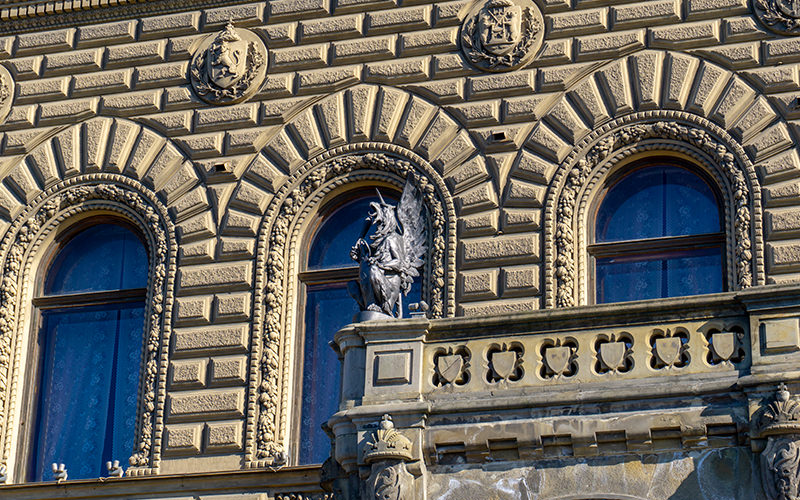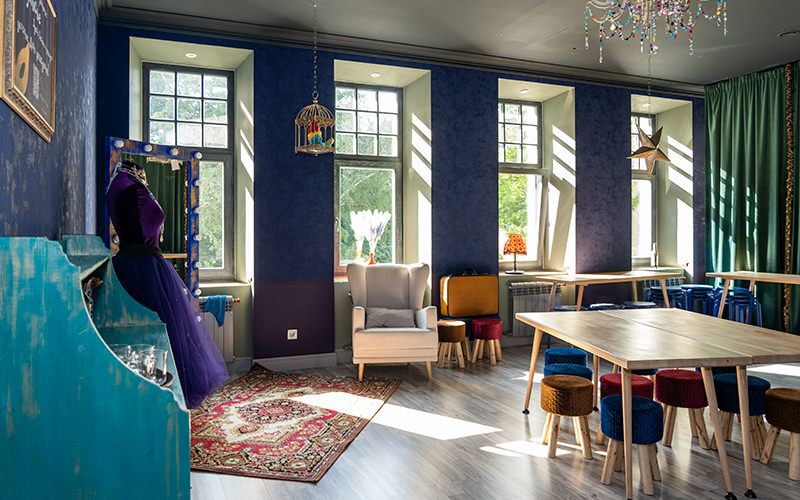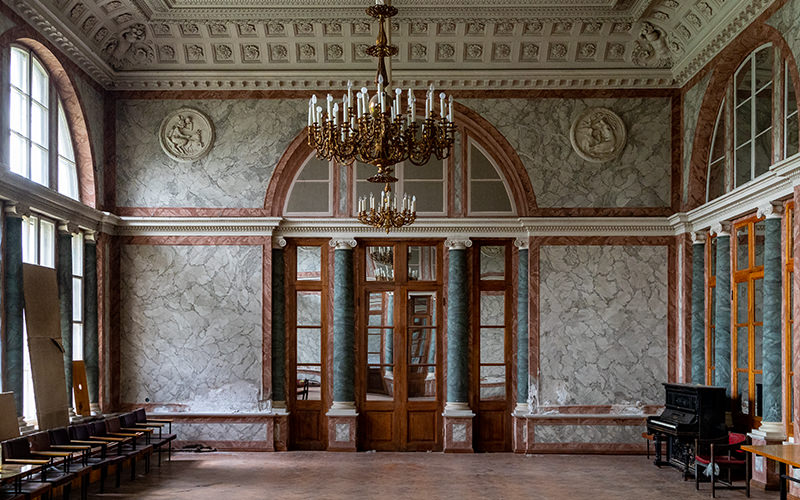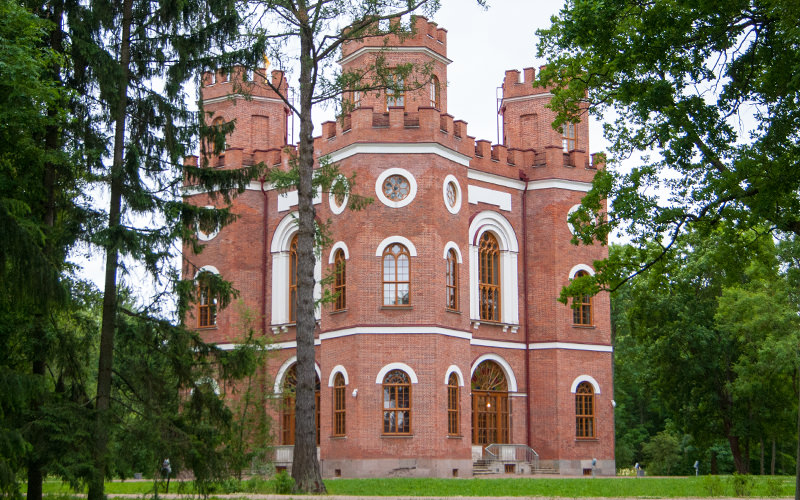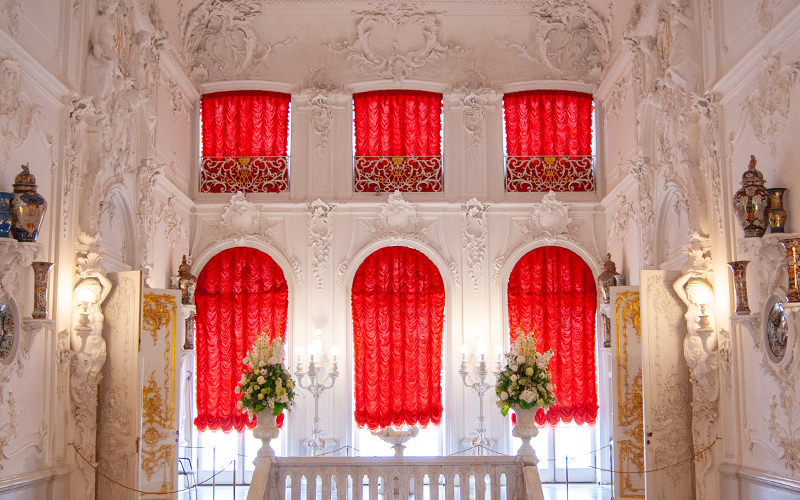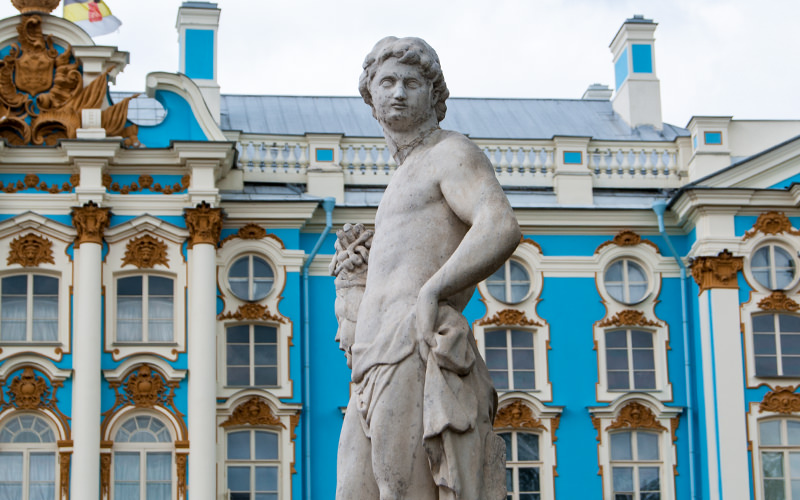In August 2021, a significant event took place—the first few interiors of the Alexander Palace in Tsarskoye Selo were opened to the public after a lengthy restoration. From that moment on, anyone interested could visit this historic imperial residence. I waited for the tourist crowds to subside and then set off to view the palace's interiors, built during the final years of Catherine the Great’s reign.
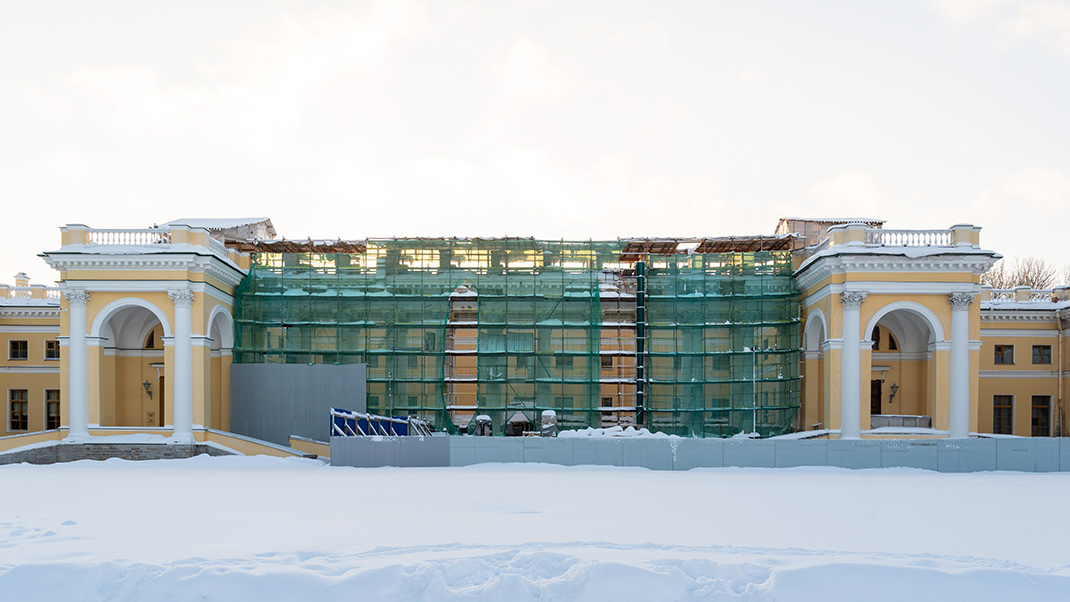

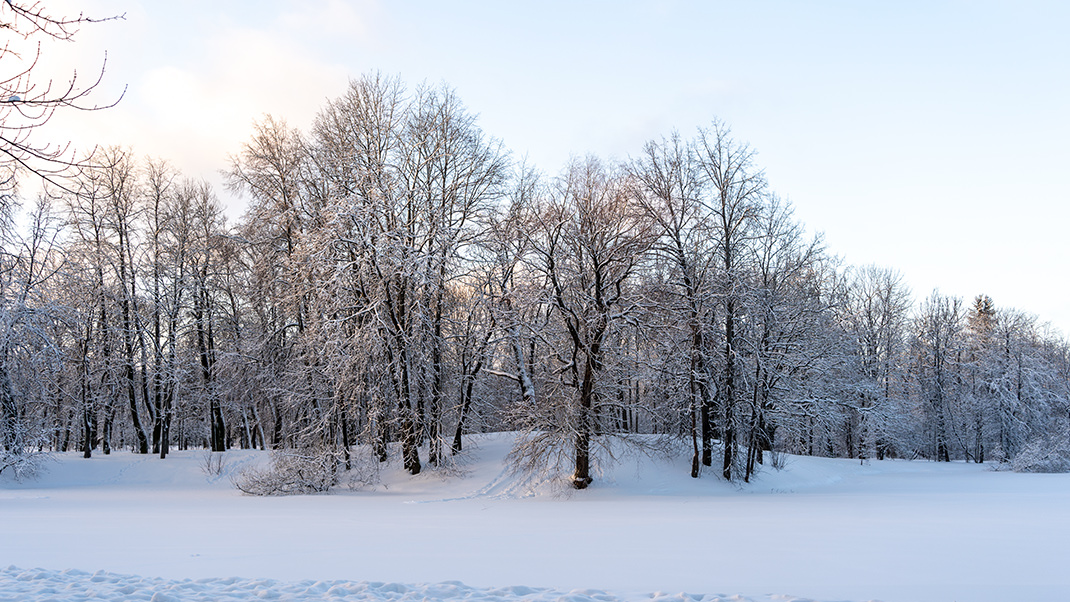
How to Book a Tour
The palace is located at 2 Dvortsovaya Street, Pushkin. I prefer to travel to Tsarskoye Selo by suburban train. Trains depart from St. Petersburg's Vitebsky Station, and the journey takes about 30 minutes. The station is about a half-hour walk from the residence.
Tickets for tours can be purchased either on the official website of the museum-reserve or at the palace’s ticket office. As of winter 2022, the cost of a standard tour for Russian citizens was 600 rubles. Guided tours are conducted in groups during scheduled sessions.
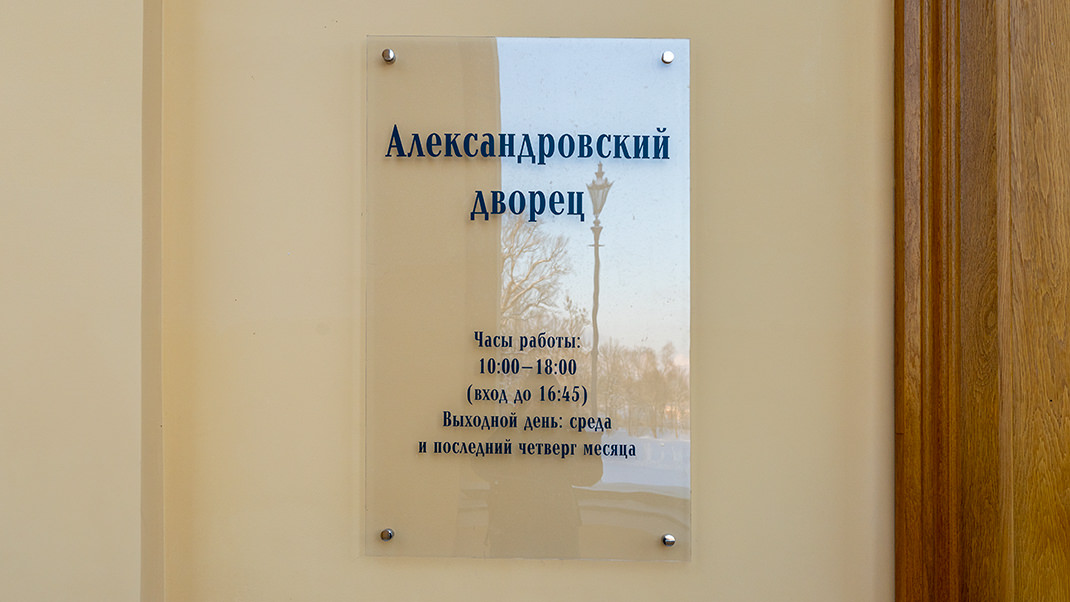
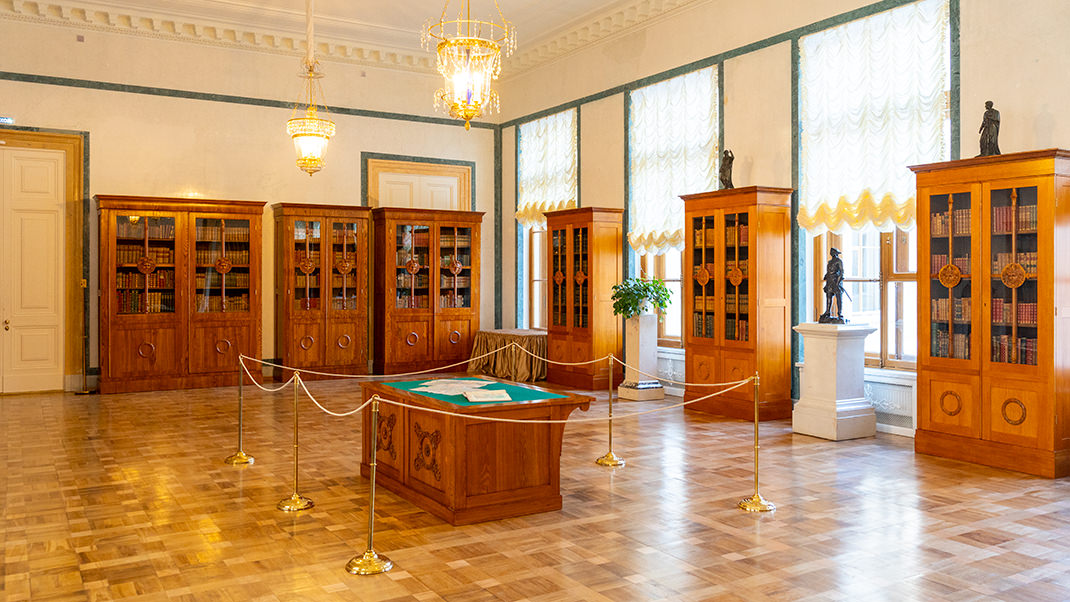
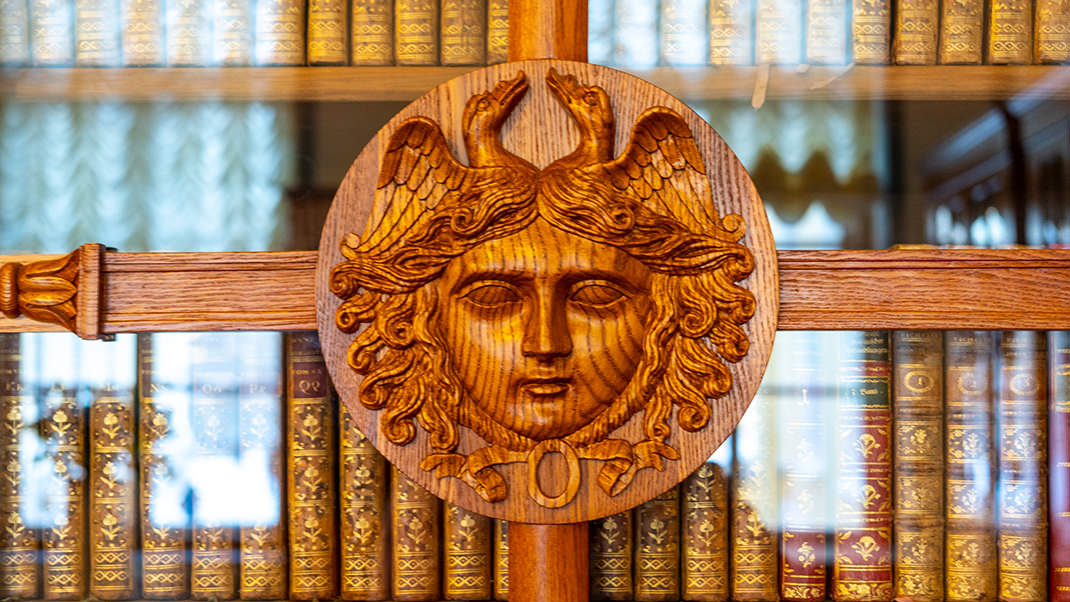
A Bit of History
The construction of the palace lasted from 1792 to 1796. The residence was intended for Catherine II's grandson, Grand Duke Alexander Pavlovich, who would later become Emperor Alexander I. The palace was named in his honor.
The design and construction of the classical-style residence were entrusted to architect Giacomo Quarenghi, known for his work on the buildings of the Academy of Sciences, the Smolny Institute, the Hermitage Theatre, and the English Palace in Peterhof (destroyed in the 1940s).
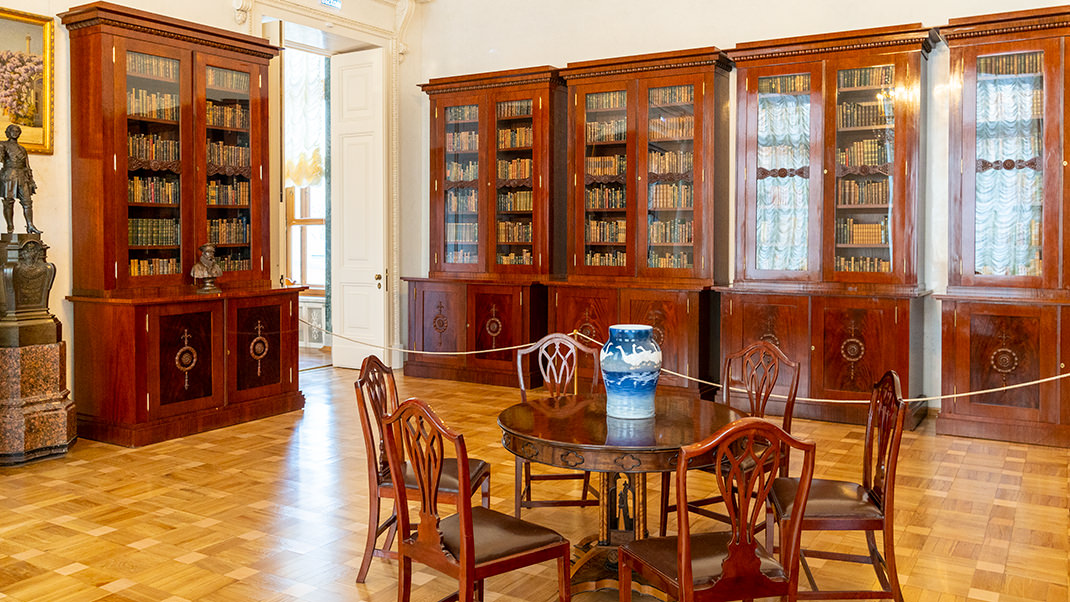
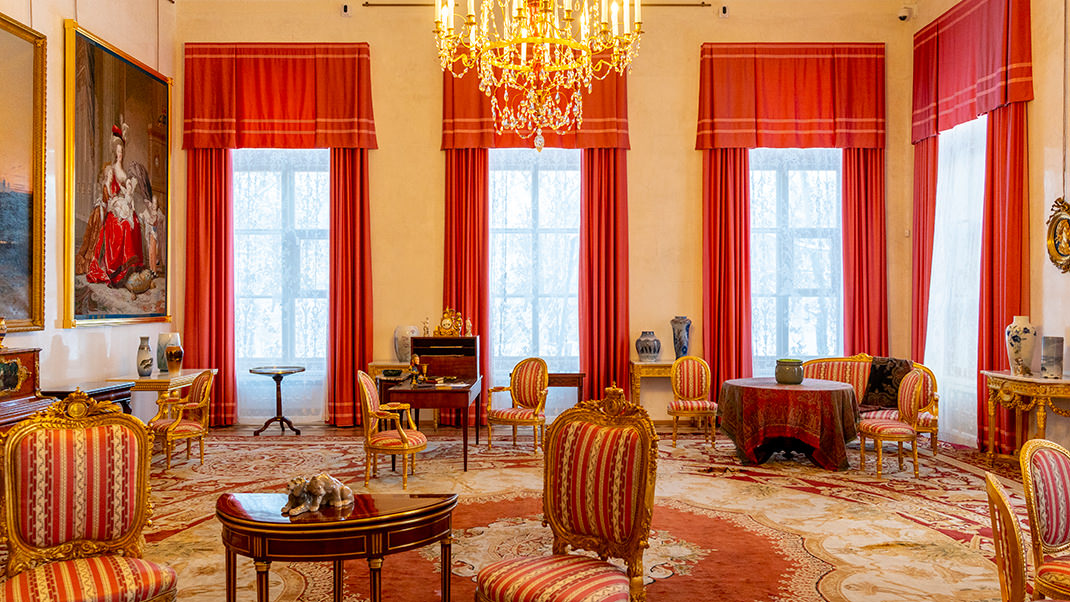
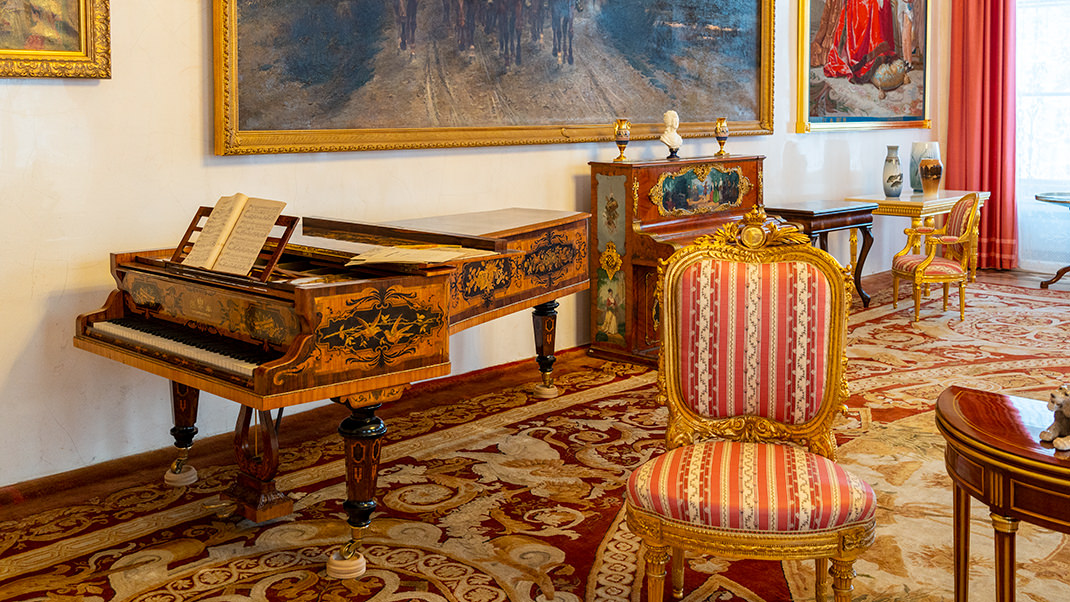
The Alexander Palace is often associated not only with its first owner, Alexander Pavlovich, but also with the last Russian Emperor, Nicholas II. From the early 20th century, the palace became his permanent residence, and during this time, many of its interiors were altered.
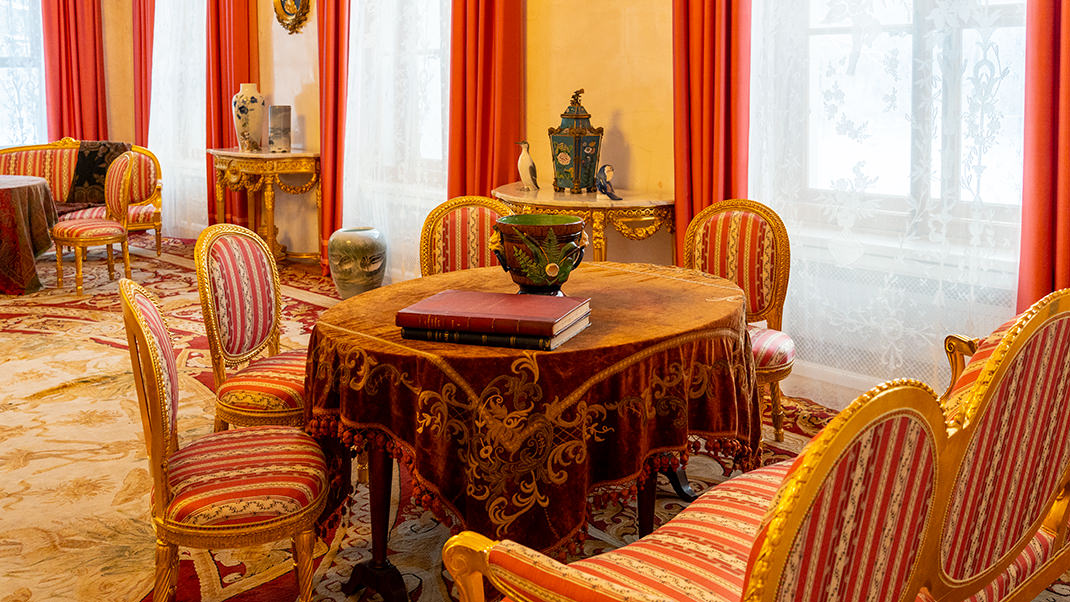
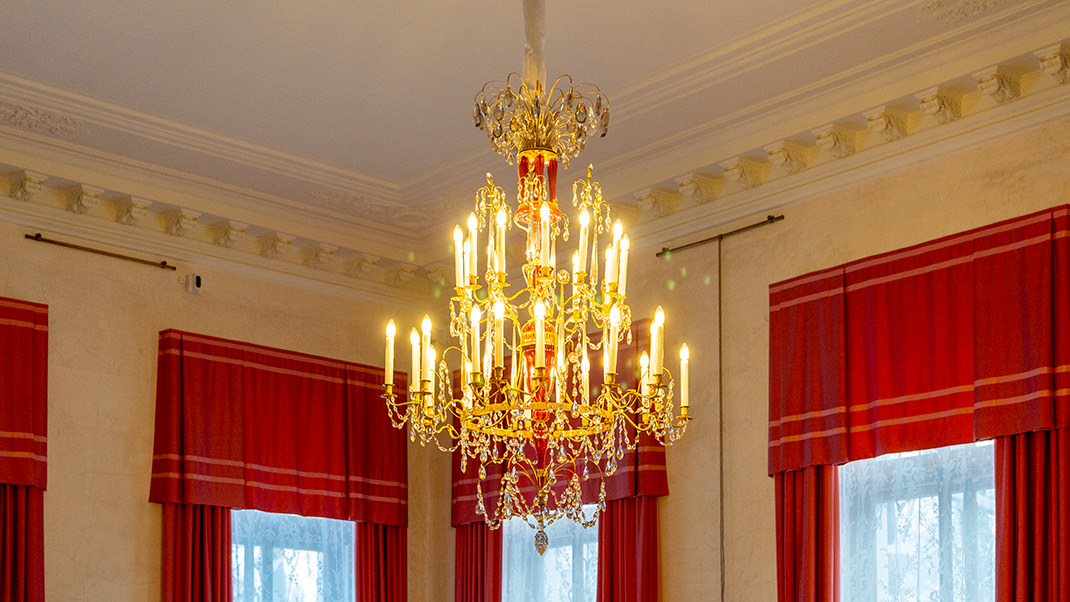
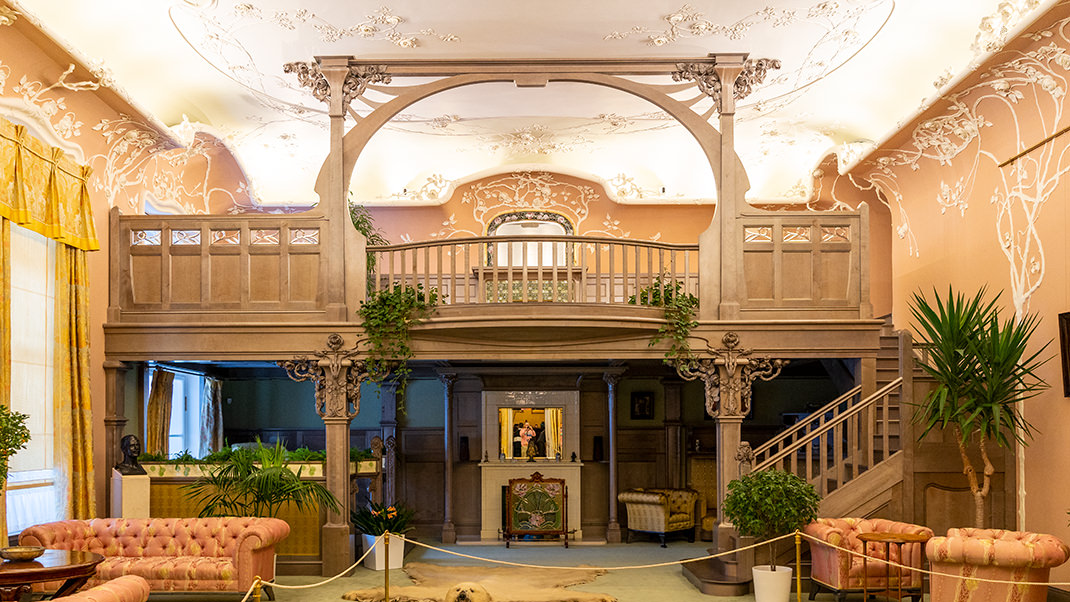
After Nicholas II’s abdication in 1917, the emperor and his family were placed under house arrest in the Alexander Palace. All telephone cables leading to the building were cut, and all mail and parcels addressed to the palace were thoroughly inspected. In August 1917, the last imperial family was sent from this former residence to Tobolsk.
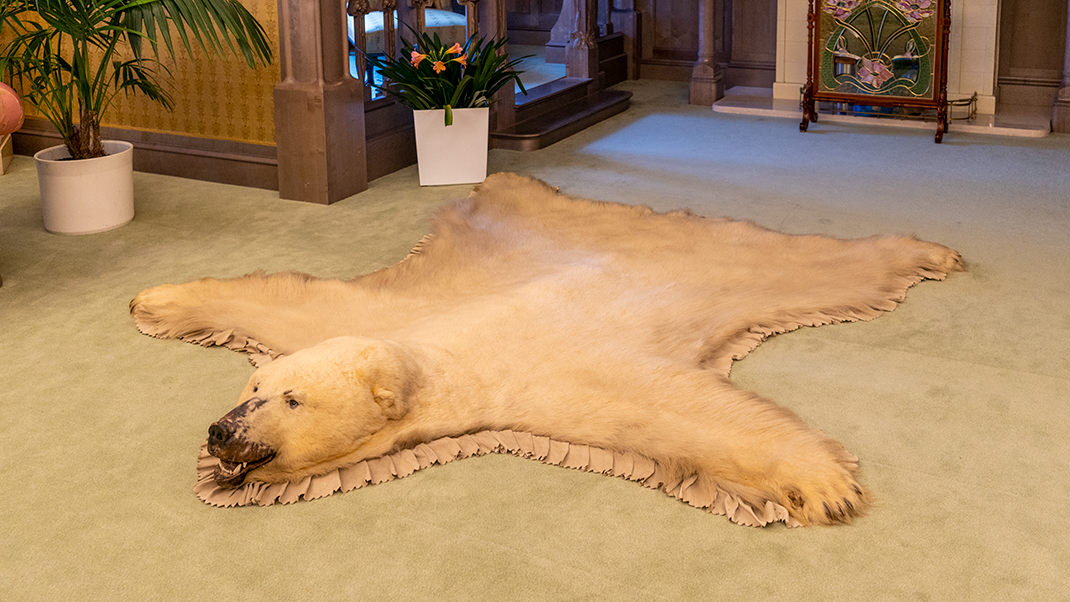
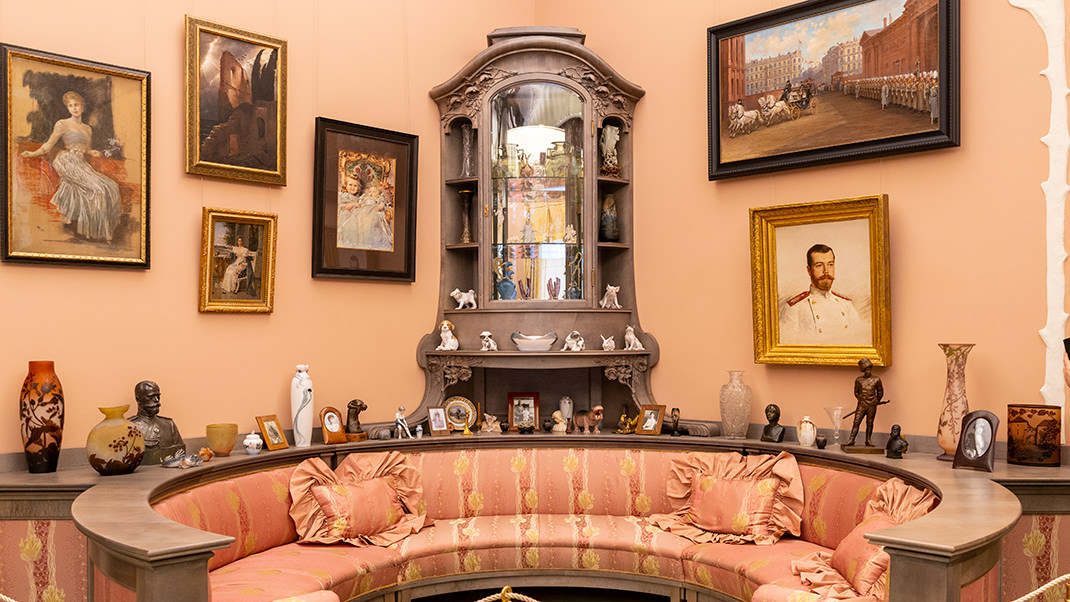
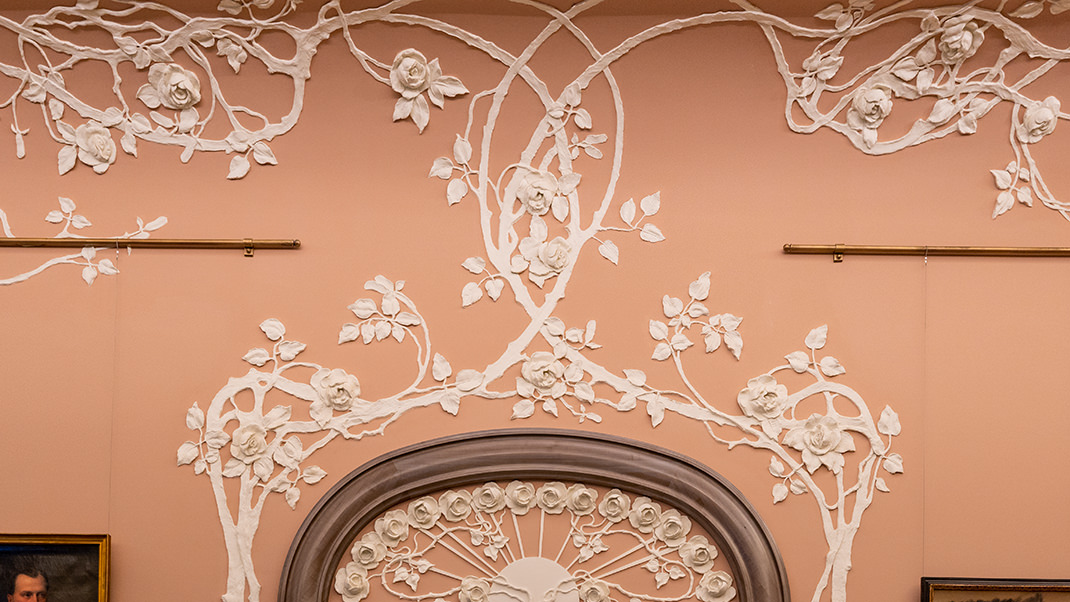
From 1918, the Alexander Palace housed a museum-palace, and after the war, it became part of the A.S. Pushkin All-Union Museum. Restoration work on the building has been ongoing since the 1990s. It should be noted that only the first phase of the palace's ceremonial halls was opened last year. Much remains to be done, and the restoration is not expected to be completed before 2023.
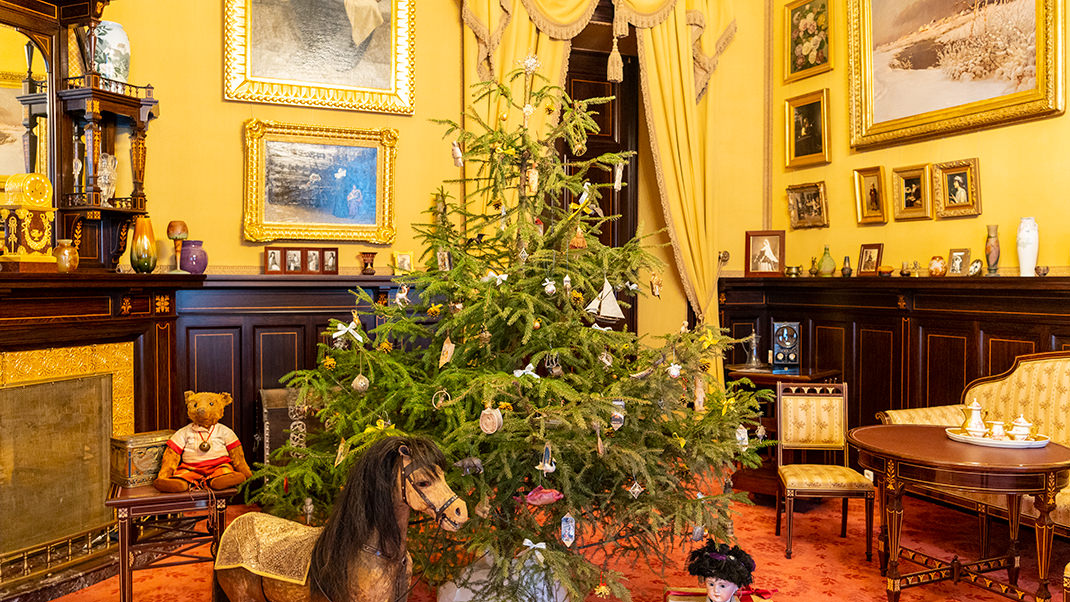
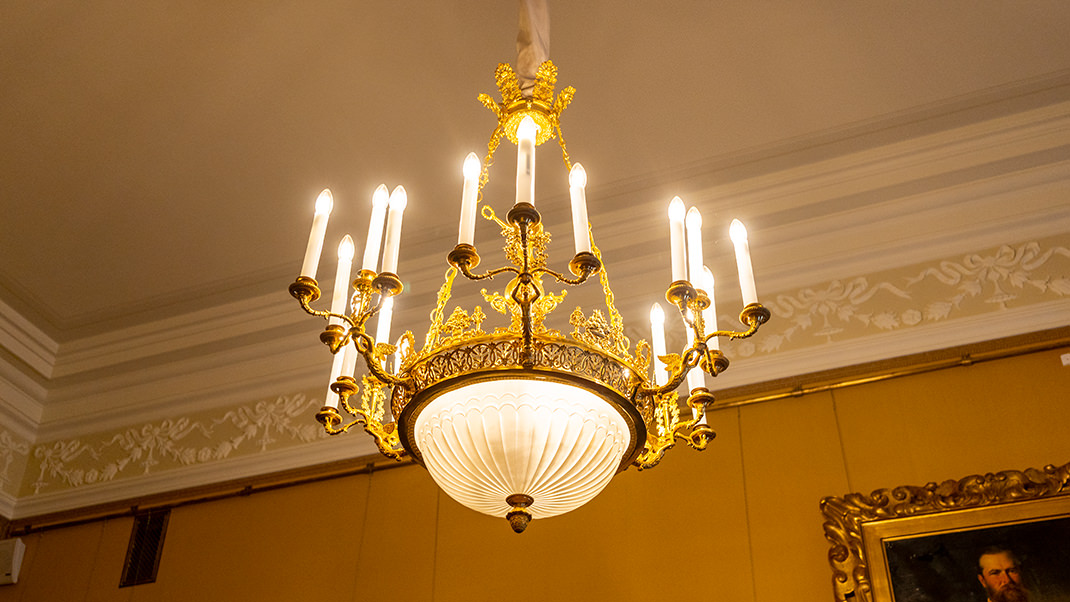
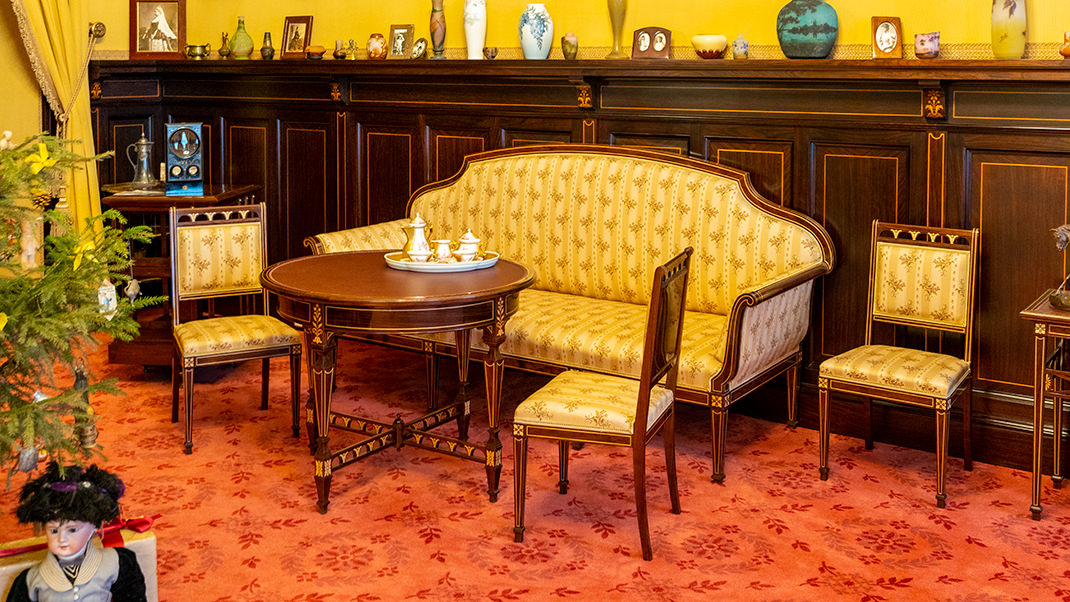
I took plenty of photos during my visit to the palace, so in the next article, we will continue exploring the interiors of this fascinating building.
Have a nice trip!


